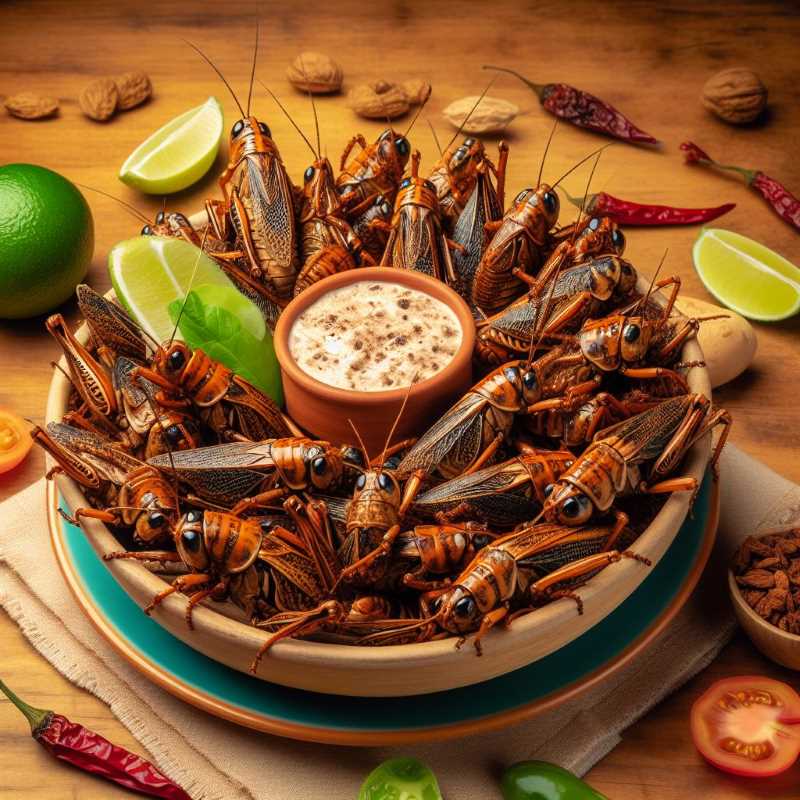Mexico Considers the Buzzing Potential of Insect Cuisine
In Mexico, insects like grasshoppers are a delicacy, but fear and unclear regulations hold back large-scale farming. Globally, insects are a booming food source with high protein and eco-friendly benefits. Mexico has a chance to join the trend.

For centuries, the bustling marketplaces of Mexico have brimmed with an unusual delicacy: insects. From grasshoppers (chapulines) to maguey worms (escamoles), these creepy crawlies haven't just been tolerated, they've been devoured with gusto. But something curious is afoot in the world of Mexican entomophagy (the fancy term for insect-eating). While Mexican palates have long been tickled by these tiny titans of taste, large-scale production is facing a few hurdles that are, well, bugging some experts.
Enter Dr. Kalina Miranda Perkins, a scientist with a fascination for Mexico's fascinating edible insects. At a recent seminar, she shed light on the intriguing, and sometimes frustrating, world of insect cuisine in Mexico. It turns out, despite a rich insect-eating tradition, Mexico is lagging in the industrial production of these little nutrient powerhouses.




